Six Alien Worlds Discovered To Be In Perfect Synchronization
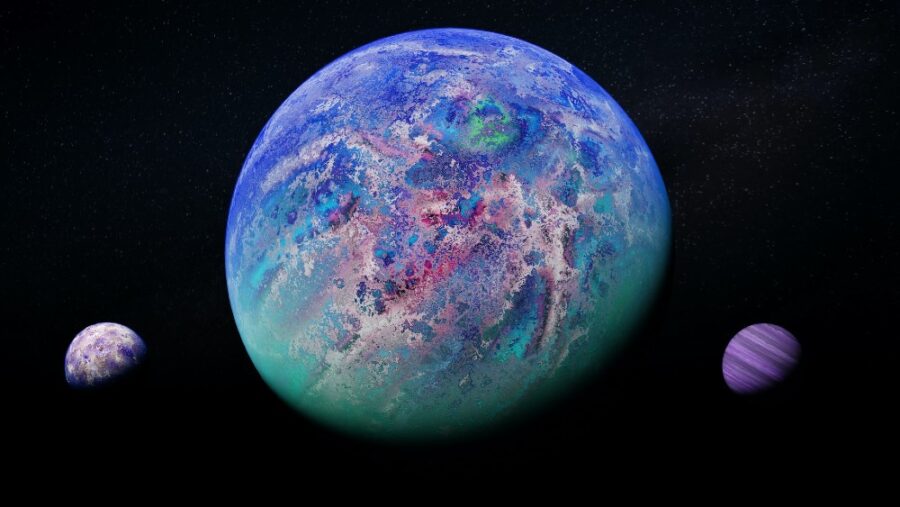
ScienceAlert reports a groundbreaking discovery: astronomers identified a planetary system only 100 light-years from our planet, in which six alien worlds orbit a star, evidencing jawdropping cosmic synchrony. The star in question is HD 110067 in the Coma Berenices constellation, and the system orbiting it demonstrates an uncommon chain of resonance between its planets. This phenomenon underscores the star system’s undisturbed evolution, which, untampered with, took place for over a billion years.
A Rare Find
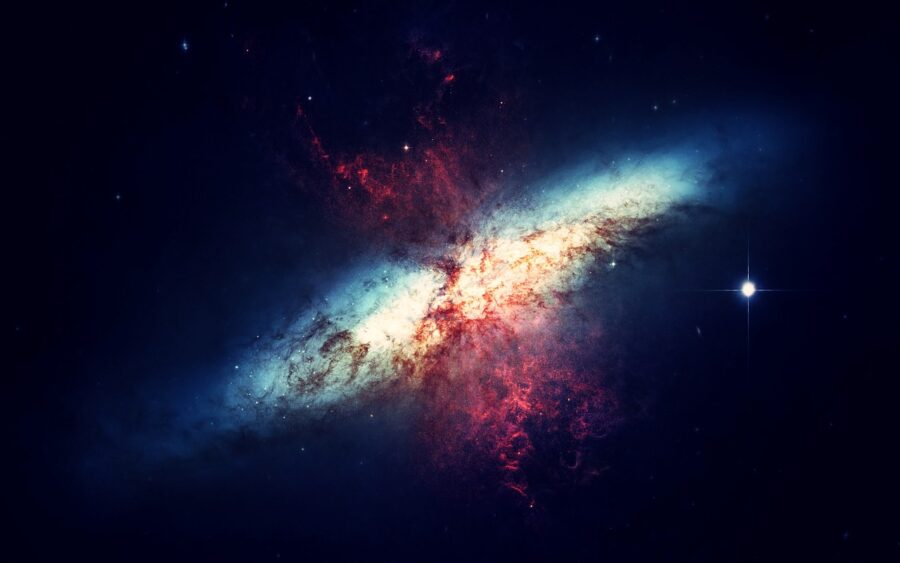
The University of Chicago astrophysicist Rafael Luque emphasized that such untouched systems, preserving resonant states, amount to only one percent of all planetary systems. The discovery represents an invaluable window into the Milky Way’s nascent stages of planetary formation.
A novel and fascinating concept, the orbital resonance characterizing the alien worlds occurs when celestial bodies emanate gravitational influence on one another. The planets align their orbital periods in a specific, chartable ratio during this process. To exemplify the phenomenon with our own Solar System, consider the resonance between Pluto and Neptune, a 2:3 orbital ratio. Comparably, Jupiter’s moons (Ganymede, Europa, and Io) share a Laplace resonance, otherwise known as a 1:2:4 orbital pattern.
Discovering The Six-Planet System
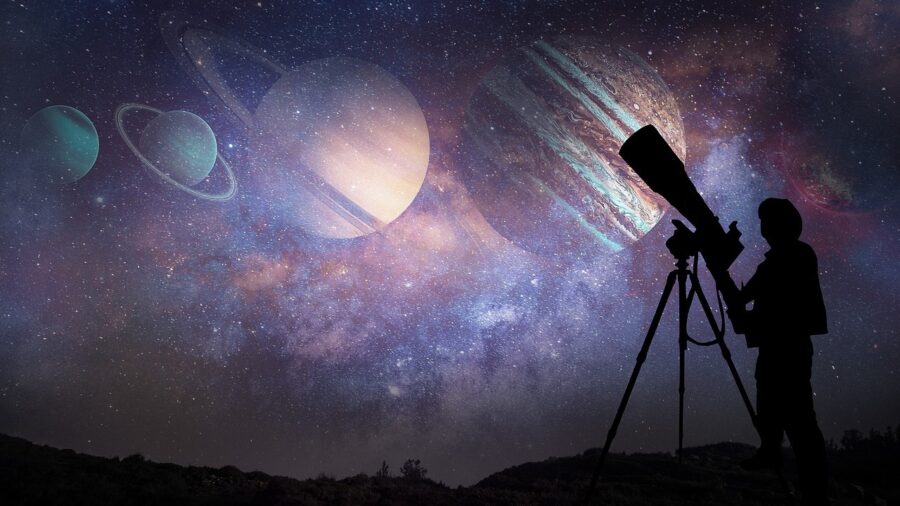
The occurrence of six planets comprising a resonant chain around HD 110067 amounts to an extraordinary find. Two of the alien worlds were initially hit upon by NASA’s TESS exoplanet-hunting telescope in 2010. Then, the European Space Agency’s Cheops telescope unveiled the full extent of the resonance chain, further revealing three exoplanets and their resonant pattern, culminating in the discovery of the whole, six-planet solar system.
Mini Neptunes
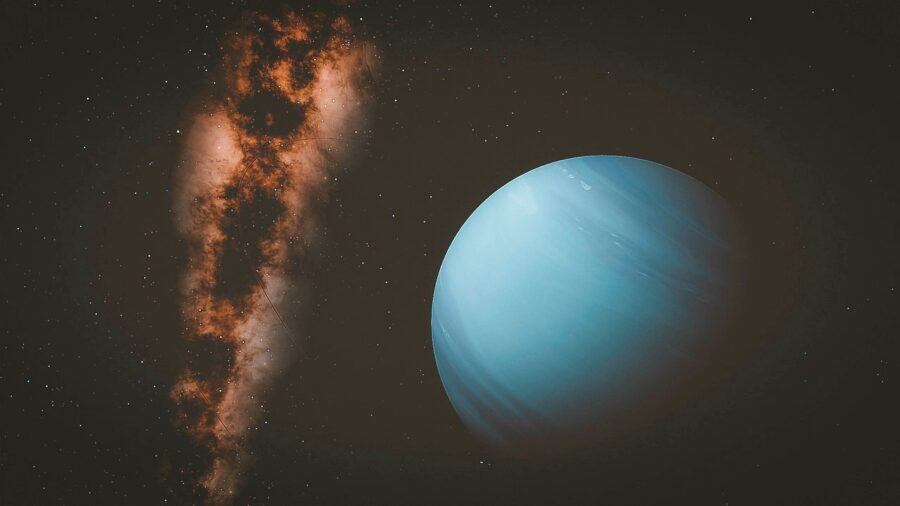
Due to their sizes, these six exoplanets are categorized as mini-Neptunes. Exhibiting orbital periods of 9.11, 13.67, 20.52, 30.79, 41.06, and 54.77 days, their sizes range from 1.94 to 2.85 times the radius of Earth. Their resonances, meanwhile, occur in ratios of 3:2, 3:2, 3:2, 4:3, and 4:3; the planet closest to the sun fulfills six orbits for every orbit completed by the outermost planet.
Alien Life?

The exciting discovery of the alien worlds is only the third of its kind. It implies both the star and its planets have experienced a remarkably stable existence, circumnavigating disruptions such as planetary migrations or impacts. Whether or not its planets contain alien life in the ideal sci-fi movie scenario, the HD 110067 system nonetheless constitutes a rare “fossil” of our cosmos. It offers priceless insights into the processes of planetary migration and protoplanetary disk properties in an unaltered state.
Further Studies
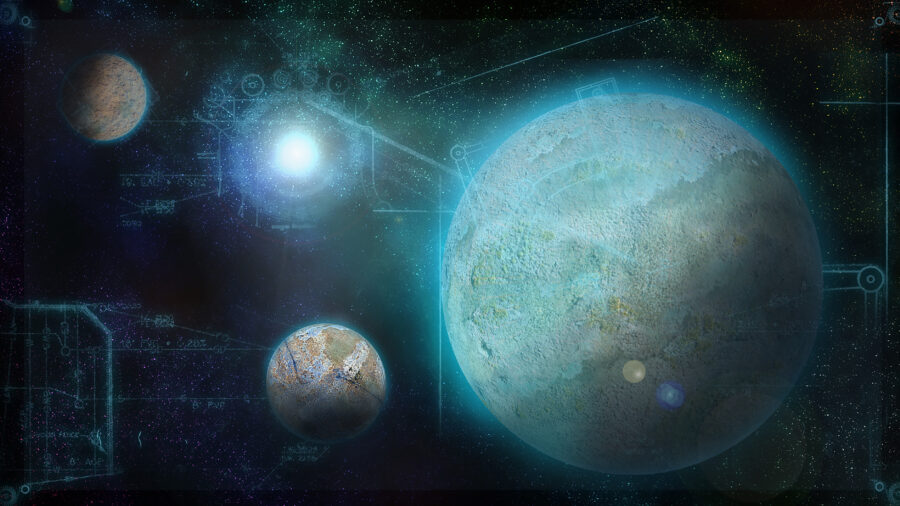
Moreover, the unusually bright host star and the extended atmosphere of most of its planets mean HD 110067 is an ideal candidate for further study. Said study would be through transmission spectroscopy via the James Webb Space Telescope. Examining the alien worlds with the Webb Telescope, we may arrive at an enriched understanding of sub-Neptune planets, as well as the conditions in which resonant chains form and persist. The groundbreaking research was published in the austere journal Nature, perhaps the most respected publication in science media. The discovery contributes a fascinating chapter to the long book of our cosmic knowledge, opening up new avenues and vistas for understanding the intricate dynamics of planetary systems in our galaxy.












